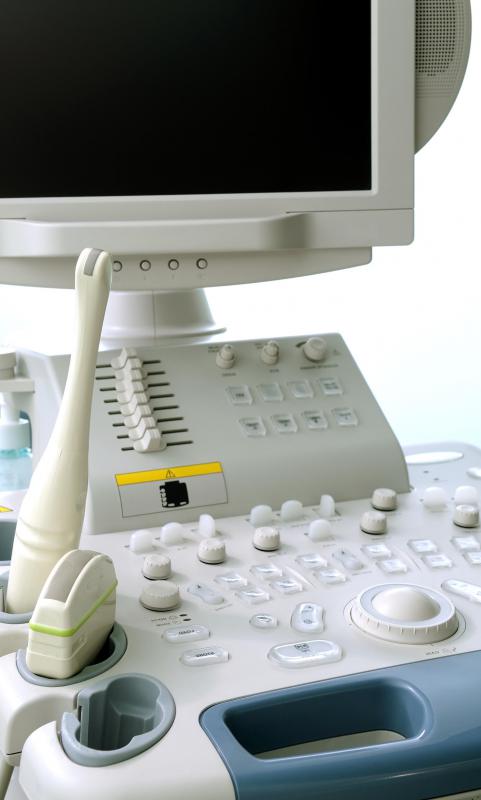At WiseGEEK, we're committed to delivering accurate, trustworthy information. Our expert-authored content is rigorously fact-checked and sourced from credible authorities. Discover how we uphold the highest standards in providing you with reliable knowledge.
What is Oligohydramnios?
Hydramnios and oligohydramnios are conditions affecting the amount of amniotic fluid that exists in the amniotic sac when a women is pregnant. In hydramnios, higher than normal levels of fluid exist. Oligohydramnios means that lower than normal amounts of amniotic fluid are present. Both conditions can be problematic in a pregnancy, though many women have normal pregnancies and deliveries, despite differences in fluid levels.
There are many potential reasons for oligohydramnios occurring. One of these is if the amniotic sac has ruptured or is leaking in some way. This can mean fluid is leaving the sac and failing to provide needed protection to the fetus. Another common cause is problems with fetal function of the urinary tract and especially the kidneys. Since it is the urination of the fetus that keeps amniotic fluid at a level state, problems affecting urination might result in low levels of fluid. Though less common, other issues like communication of fluids between twins (twin-to-twin transfusion) are of issue too.

Oligohydramnios increases as a risk once a pregnancy is past term. While there is approximately a four to eight percent chance of this occurring during the regular term of a pregnancy, this percentage goes up when a baby is overdue. In this case, lower amniotic fluid is often thought to be a natural part of a pregnancy ending. It may have far less effect on babies and if doctors are concerned about it, they can usually safely induce labor.

There is a range in conditions oligohydramnios may cause. If the problem originates from kidney or urinary tract issues, these may need to be addressed once a baby is born, but treatment might also be necessary to prevent low fluid issues to the fetus. For instance, when this condition occurs in pregnancy, some babies will have trouble properly developing lungs, and others end up with defects to limbs. A strong connection also exists between low fluid level and poor growth in the fetus.

A frustrating aspect of this condition is that not every woman will know she has it. A few women have noticeable leaking of amniotic fluid, but others only receive diagnosis only with testing such as sonogram. Sonogram or ultrasound is the gold standard for diagnosing oligohydramnios. With this diagnosis, women may expect to have more extensive monitoring of their pregnancies.

From a medical standpoint, there may be a little or not very much that can be done to treat this condition. Provided fetal health appears strong, the only treatment may be watching the pregnancy closely. Alternately, if the pregnancy is near term and the fetus needs outside of the womb support, early delivery could be considered. Doctors might also give drugs to speed lung development.

One procedure that some doctors recommend is amnioinfusion. This adds fluids to the amniotic fluids. Amnioinfusion is not standard treatment for oligohydramnios, and there exists conflicting studies on whether it is worthwhile to attempt this procedure, especially to arrest problems that may occur with development of the lungs.
AS FEATURED ON:
AS FEATURED ON:
















Discuss this Article
Post your comments